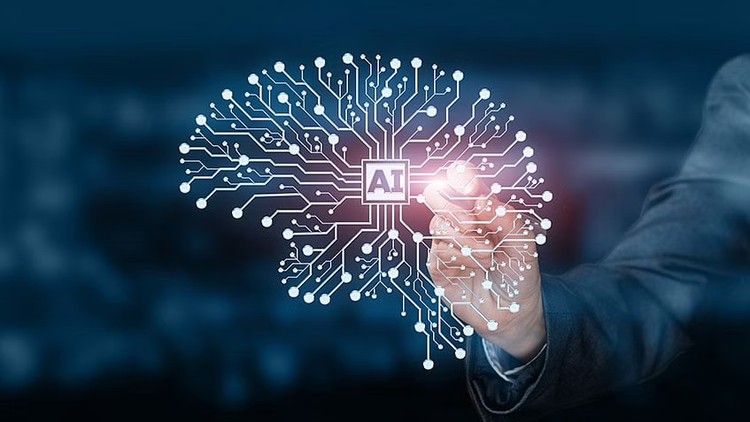
How to build an Artificial Neural network Model from scratch using only vanilla Javascript (No libraries)
What you will learn
How to implement a Artificial Deep Neural Network from scratch
How back-propagation algorithm works
How to train an Artificial Deep Leaning model in the browser using Javascript
Convolutional Neural Network Architectures
How to build a handwritten digit recogniser model
Description
This course will teach how to build and train an Artificial Neural Network from scratch using only Javascript(No library). We will use only an IDEA and a browser.
It is structured to help you genuinely learn Deep Learning by starting from the basics until advanced concepts. We will learn and code every component of a Deep learning architecture from scratch, uncovering all the magic behind Artificial Neural Networks.
To prepare the students for real life, we will develop our ANN framework following the TensorFlow API, and we will compare our implementation with Tensorflow.js, this way you will know what is under the hood of the Deep learning libraries.
In this course, we will create a handwritten digit recognizer model using three different model approaches:
- Fully Connected Neural Network – Vanilla Artificial Neural Network
- Fully Connected Neural Network (also known as a DenseNet) Using TensorFlow.js
- Convolutional Neural Network(also known as a ConvNet or CNN) Using TensorFlow.js
Deep learning is a field of study traditionally reserved for researchers or engineers with advanced degrees, and because of that, many developers feel very intimidated to learn this technology. However, when you start learning the mystery behind the “magic”, you will realize that there is no reason to be intimidated. And that’s why I decided to create this course.
By following this course until the end, you will get insights and feel empowered to dive deep into the Deep Learning field to improve the experience of your projects.
Content